Have you ever encountered a fruit that looks more like an artifact from an ancient myth rather than something you’d find in your local produce aisle? Meet Buddha’s hand, the citron variety that’s as steeped in history as it is in flavor and cultural significance.
Jump to Section
What is Buddha's Hand
Buddha's hand, also known as the hand of Buddha, is a unique citrus fruit with a striking resemblance to human fingers, renowned for its remarkable appearance and fragrant aroma. Boasting segments that closely resemble human fingers, its scent is reminiscent of violets. This citron holds a significant place in Asian cultures where it symbolizes good luck and prosperity.
This fingered citron comes in different variations, some with segments that spread out like an open hand and others where the fingers are close together.
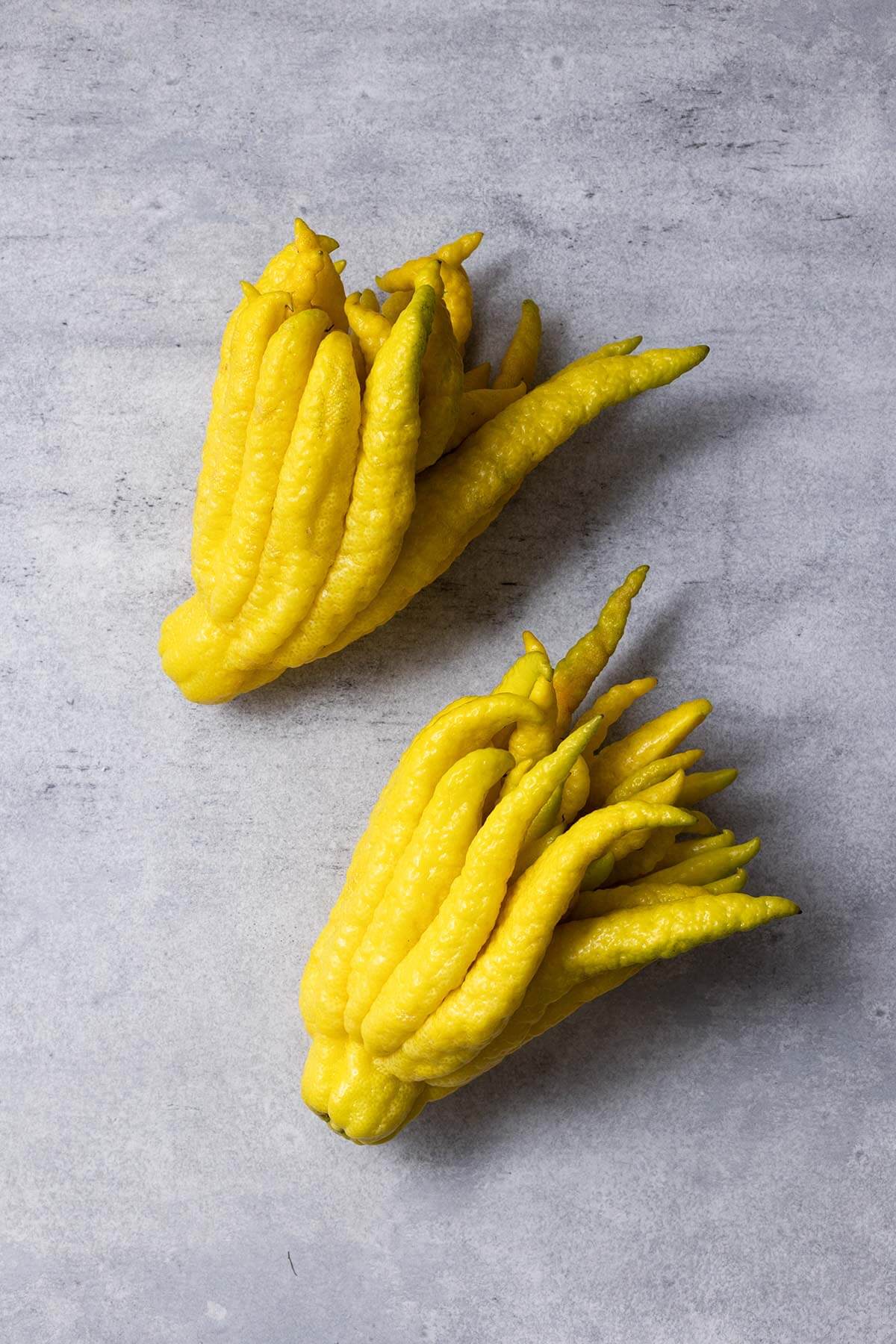
History and Origin
Buddha’s hand fruit (Citrus medica var. sarcodactylis), is an aromatic citrus that hails from the lower regions of the Himalayas and has been cultivated in China and India for centuries. Cultures across China and Japan have long cherished this citron for more than its unusual appearance. They saw in it a symbol of happiness and longevity. Often linked to good luck and used in cultural ceremonies, the fruit's origin is as rich and complex as its flavor.
What Does Buddha's Hand Taste Like
The Buddha's hand emanates a citrusy, floral aroma. With no juicy pulp or seeds, the flavor lies in its zest and pith. The zesty rind has a delicate and unique taste profile that is a curious and appealing blend of sweet and tangy notes. It lacks the tartness typically associated with lemons and limes, instead offering a more nuanced, floral citrus flavor that's delicate and refreshing.
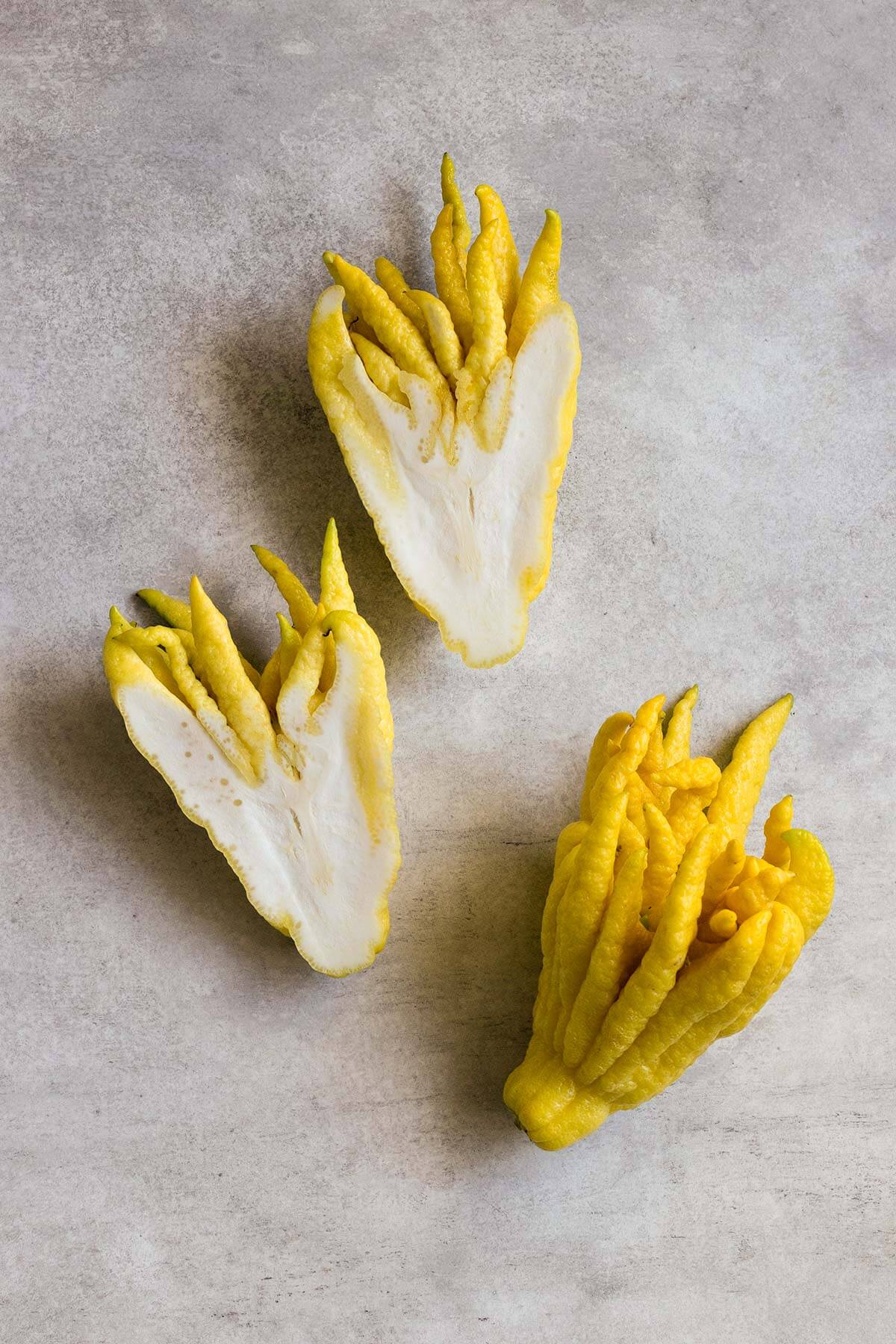
How to Eat
While the fruit doesn't contain the juicy interior you might expect, the zest and pith are where the magic happens. You can slice it into fine pieces to candy or zest it to add to recipes, giving a fragrant twist to your culinary creations.
Buddha’s Hand in Recipes
Integrating Buddha’s hand into recipes is an adventure. The zest can be used in everything from baked goods to complex main dishes, infusing a subtle citrus essence that complements a myriad of flavors. It's also a star in beverage recipes, where its unique taste can take a simple drink to new heights.
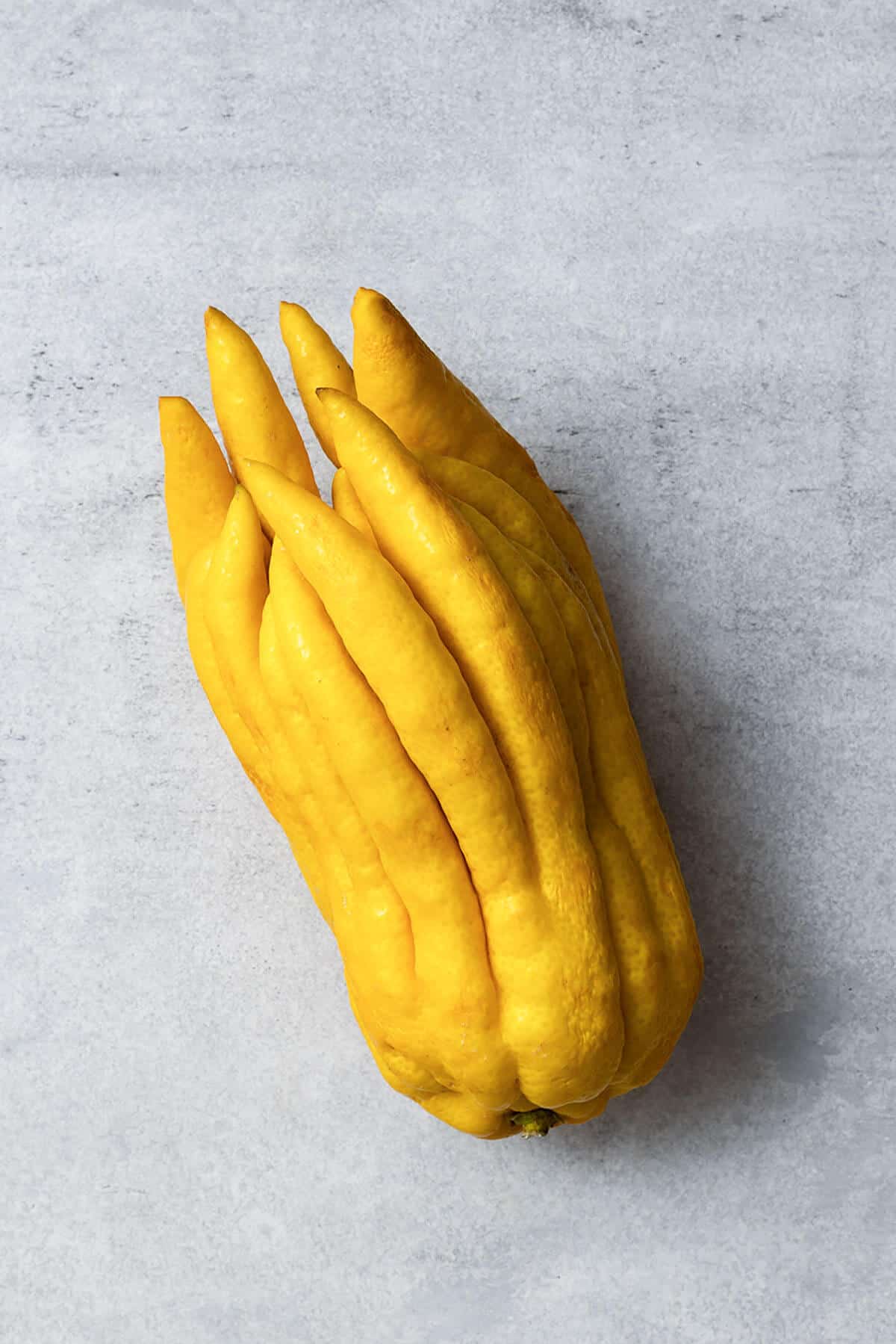
Availability
These fruits ripen from November through early February, which is when they are available from growers and at some grocery stores.
How to use
With its unique appearance and fragrant aroma, Buddha’s hand can be used in a variety of ways in the kitchen and beyond. Here are 30 ideas for utilizing this unique citrus fruit, blending culinary, beverage, and even non-food uses:
- Candied Buddha's Hand: Candying the fruit's peel creates a sweet, citrusy treat that can be eaten alone or used as a garnish for desserts.
- Syrups: Create a syrup infused with Buddha's hand for use in drinks, sodas, or to drizzle over desserts.
- Aromatic Zest: Use the zest in cakes, cookies, and other baked goods for a lemony flavor.
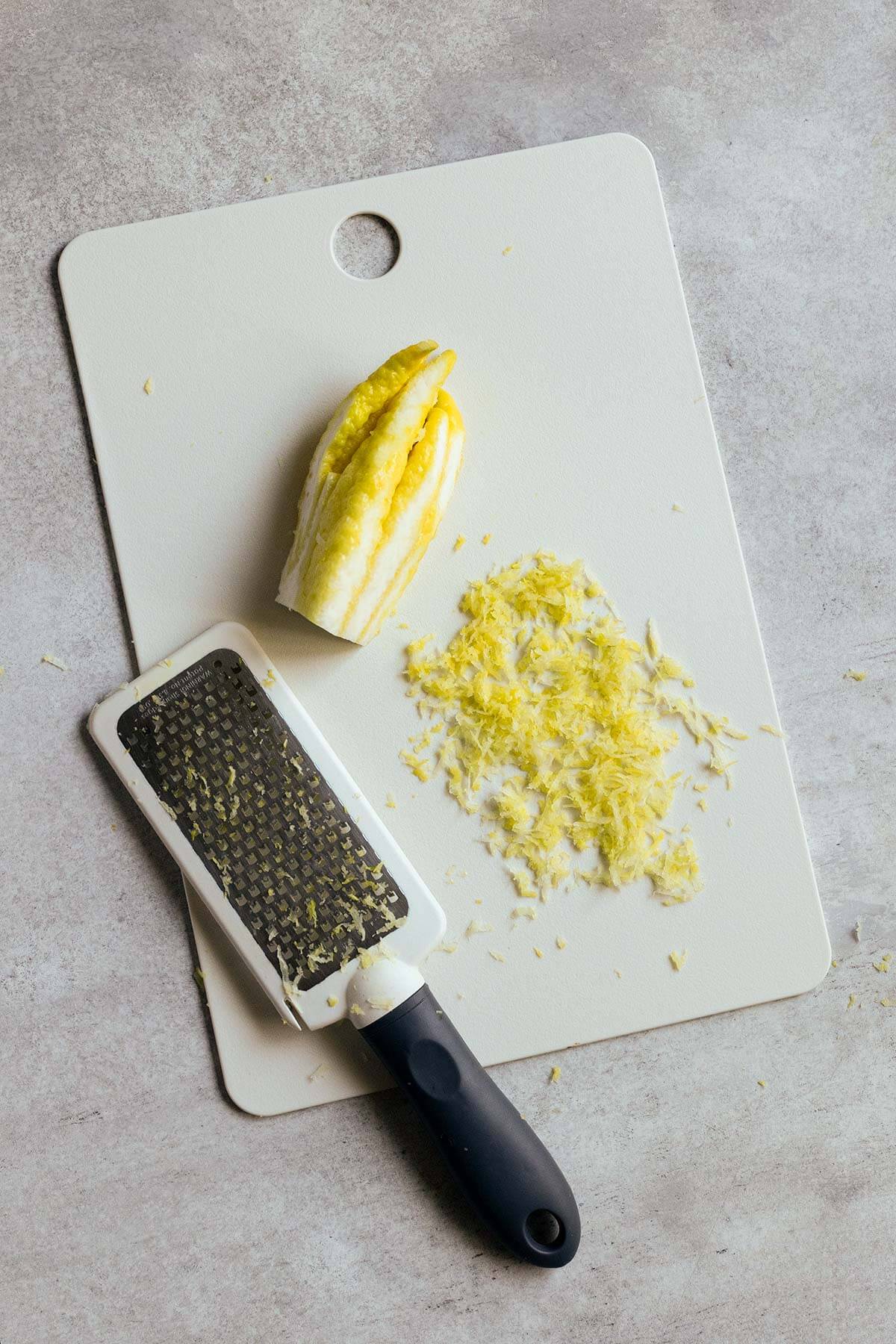
- Butter Infusion: Infuse melted butter with the zest for a citrus-flavored butter, great for seafood or to finish vegetables.
- Marinades: Incorporate grated Buddha's hand zest or finely chopped pieces into marinades for meat, poultry, or fish to add a unique citrus flavor that complements the natural flavors of the proteins.
- Flavored Salts: Mix finely grated Buddha's hand zest with coarse sea salt to create a fragrant, flavored salt that can elevate the taste of savory dishes, from roasted vegetables to rimming the glass of a beverage.
- Homemade Tea: Dry the fruit and steep it in hot water for a citrus-infused herbal tea.
- Scented Sugar: Combine the zest with granulated sugar to create a citrus-flavored sugar, ideal for baking or sweetening beverages.
- Room Freshener: Simply place the fruit in a room to naturally perfume the space with a refreshing citrus scent.
- Seafood Flavoring: Add slices or zest to fish or shellfish dishes for a subtle citrus note.
- Salad Dressing: Incorporate zest or small pieces into dressings and vinaigrettes for a unique twist.
- Preserved Buddha's Hand: Preserve it in sugar or salt to use in culinary preparations, similar to preserved lemons.
- Bath Soak: Use slices in your bath for a fragrant, relaxing experience, as it can release essential oils that soothe the skin.
- Citrus Vinegar: Infuse vinegar with Buddha's hand for a flavored vinegar perfect for salads, marinades, or cleaning.
- Garnish: Use strips or slices as an aromatic garnish for drinks, adding a decorative and flavorful touch.
- Fruit Compote: Add it to fruit compotes or jams for a citrusy zest.
- Flavored Olive Oil: Infuse olive oil with the zest for a fragrant oil, perfect for dressing salads or drizzling over cooked dishes.
- Cheese Pairing: Pair thin slices or small pieces with cheeses, enhancing the flavors of both the cheese and the fruit.
- Chutney: Make a chutney with Buddha's hand as the primary citrus note, pairing well with Indian dishes or as a condiment.
- Potpourri: Dry slices to use in potpourri mixes for a natural, citrus scent in your home.
- Decorative Uses: Use whole or artistically sliced Buddha's hand as a natural, fragrant decoration in centerpieces or holiday decorations.
- Natural Cleaning Agent: Use the zest or infused vinegar made from Buddha's hand as a natural cleaning agent for kitchen surfaces, cutting through grease and leaving a fresh scent.
- Citrus Curd: Make a Buddha's hand curd using its zest and citrus juice for a sweet and tangy spread for toast, scones, or as a filling for pastries and cakes.
- Herbal Infusions: Combine dried Buddha's hand pieces with other herbs and spices to create custom tea blends that offer a unique flavor profile and aromatic experience.
- Grilling Aromatics: Place slices or chunks of Buddha's hand among coals or on a gas grill to infuse grilled foods with a subtle citrus smoke.
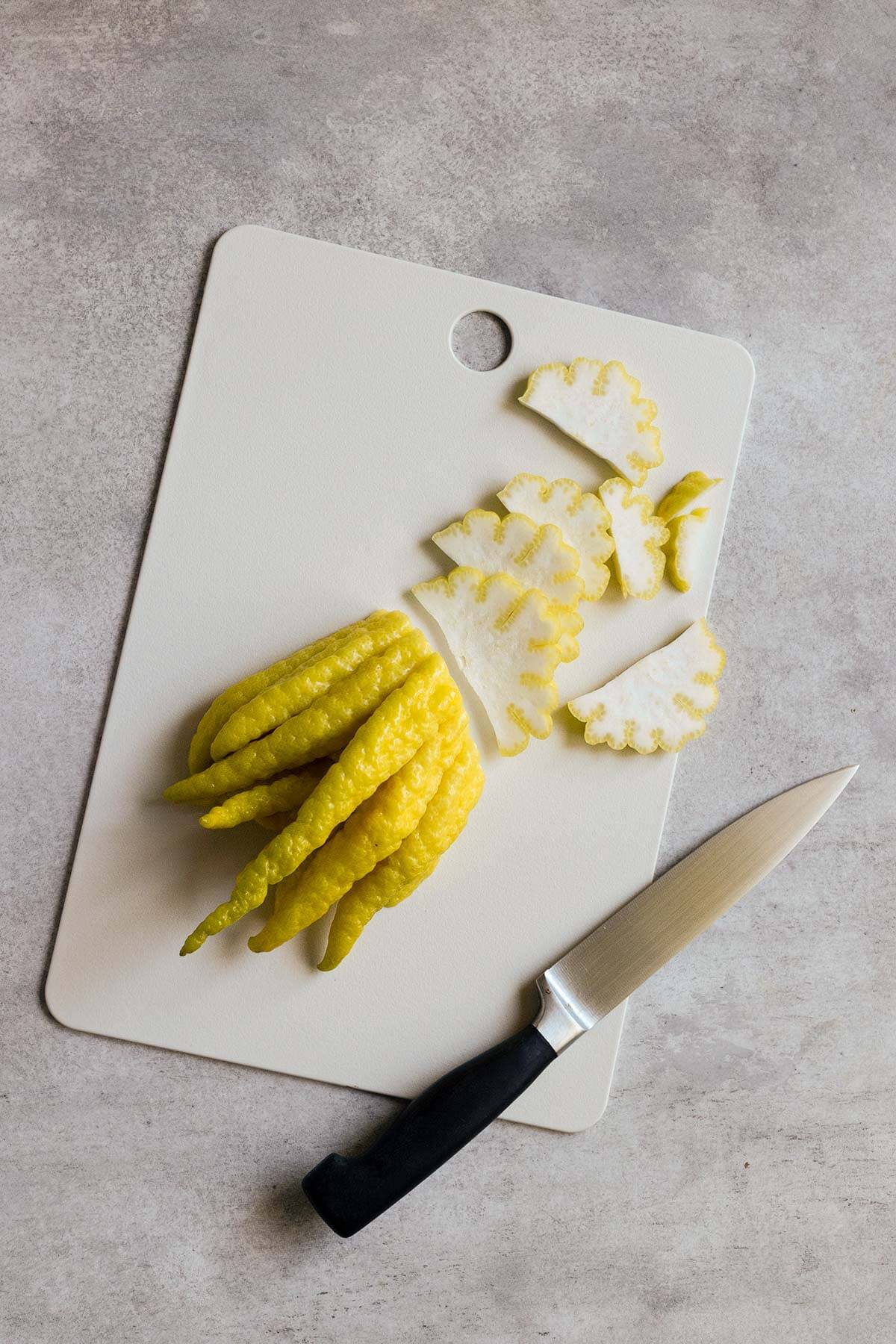
- Homemade Bitters: Use the zest or entire slices to make homemade bitters for use in beverage making, adding a unique citrus note to your creations.
- Ice Cream and Sorbet: Incorporate candied Buddha's hand or its zest into homemade ice cream or sorbet recipes for a refreshing and aromatic dessert.
- Craft Beverages: Muddle pieces of Buddha's hand in beverages for a burst of citrus flavor, or use the zest to rim glasses for an extra touch of elegance.
- Rice Dishes: Add grated zest or thin slices to rice dishes during cooking to imbue them with a delicate citrus aroma, ideal for complementing Asian or Middle Eastern recipes.
- Aromatic Oil Diffuser: Dry slices of Buddha's hand and place them in an oil diffuser with essential oils or alone to naturally scent your home, offering a calming and refreshing aroma.
These uses highlight the Buddha's hand's flexibility, enhancing culinary creations, beverages, and even contributing to household ambiance and personal care routines with its distinct citrus aroma and flavor.
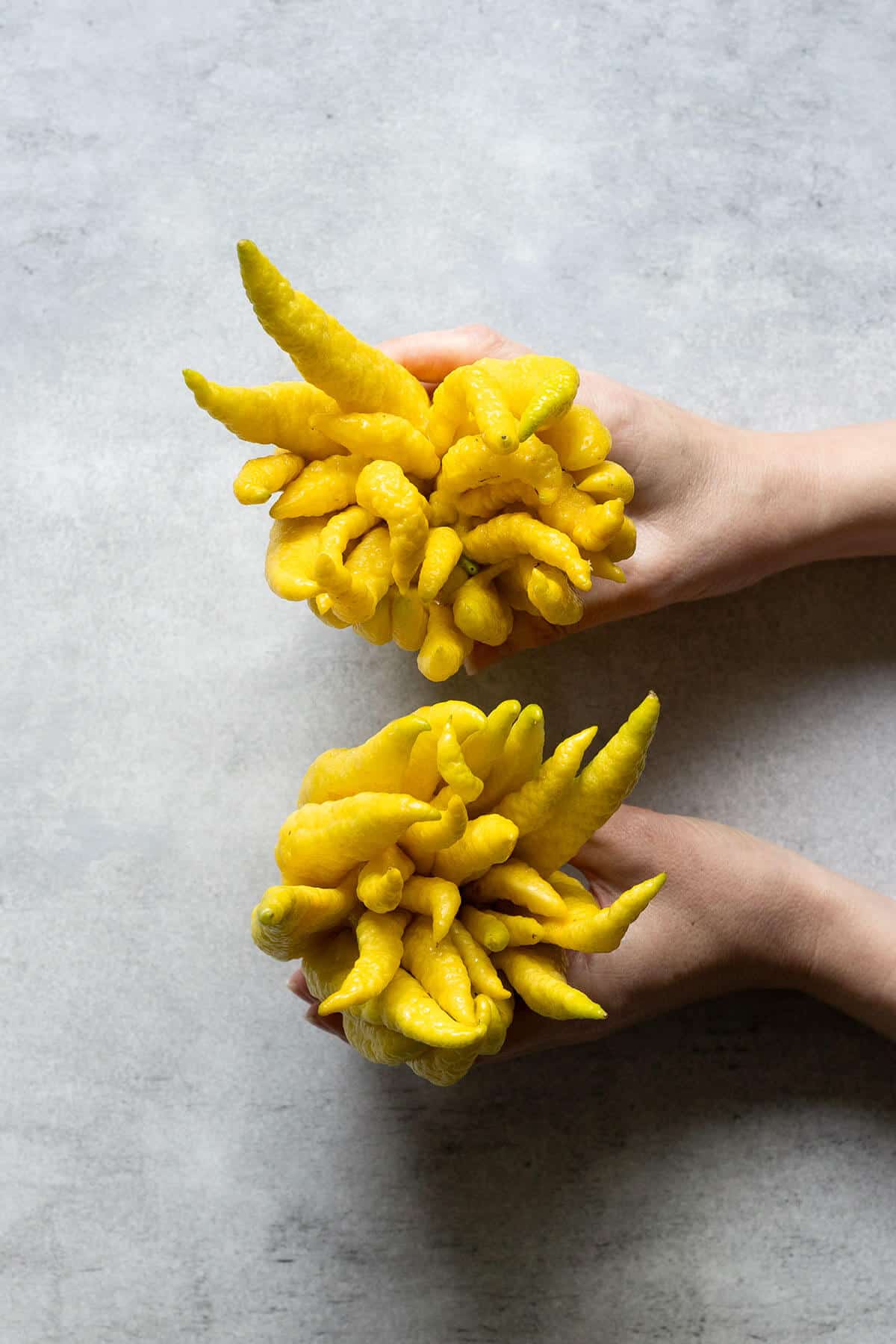
Yes, you can eat Buddha’s hand raw. The pith, unusually, is not bitter, making the entire fruit edible. Its zest can be grated atop dishes for a raw, zestful garnish, while the pith can be chopped into salads or dishes for a crunch with a citrus kick.
The fruits origin can be traced back to Northeastern India and China, where it has been a part of traditional medicine, cuisine, and culture for millennia. It's now grown in temperate climates worldwide, including parts of California and the Mediterranean.
Finding Buddha’s hand can be a fun treasure hunt. It’s often available in specialty produce markets, Asian grocery stores, or at local farmers' markets. For those seeking convenience, it's also becoming more available through online gourmet food retailers.
Buddha’s hand tends to be more expensive than your everyday citrus due to its rarity, the complexity of its cultivation, and its relatively small yield per plant. Its unique appearance and aromatic properties also make it a specialty item, which can command a higher price.
Whole Buddha’s Hand will keep 1 to 2 weeks when stored in a cool and dry place away from direct sunlight. In the refrigerator, the fruit will last for 2 to 4 weeks.



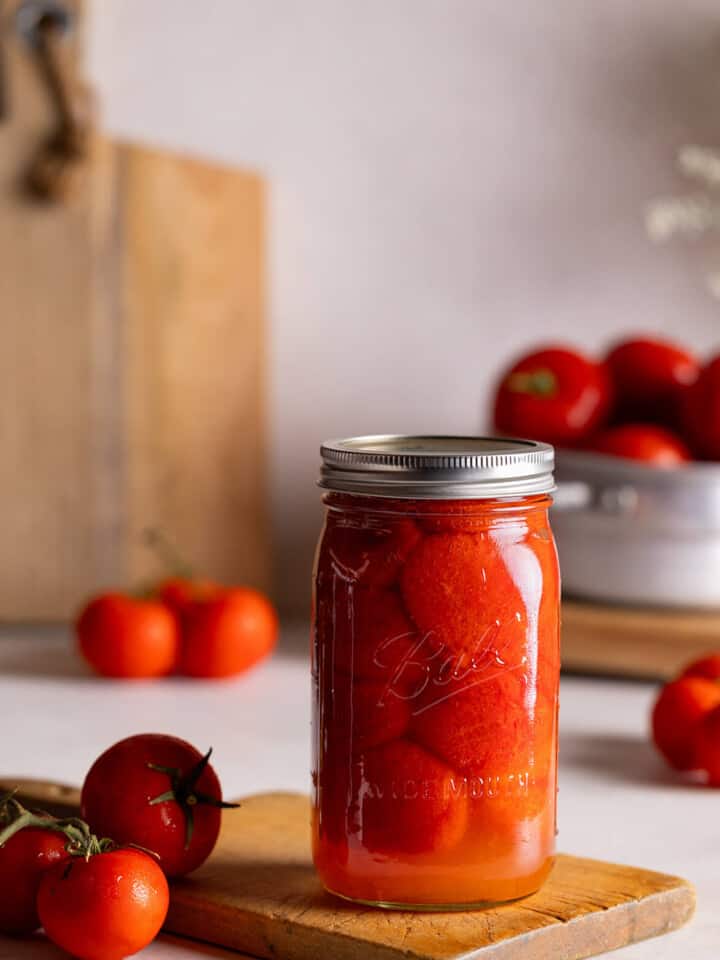

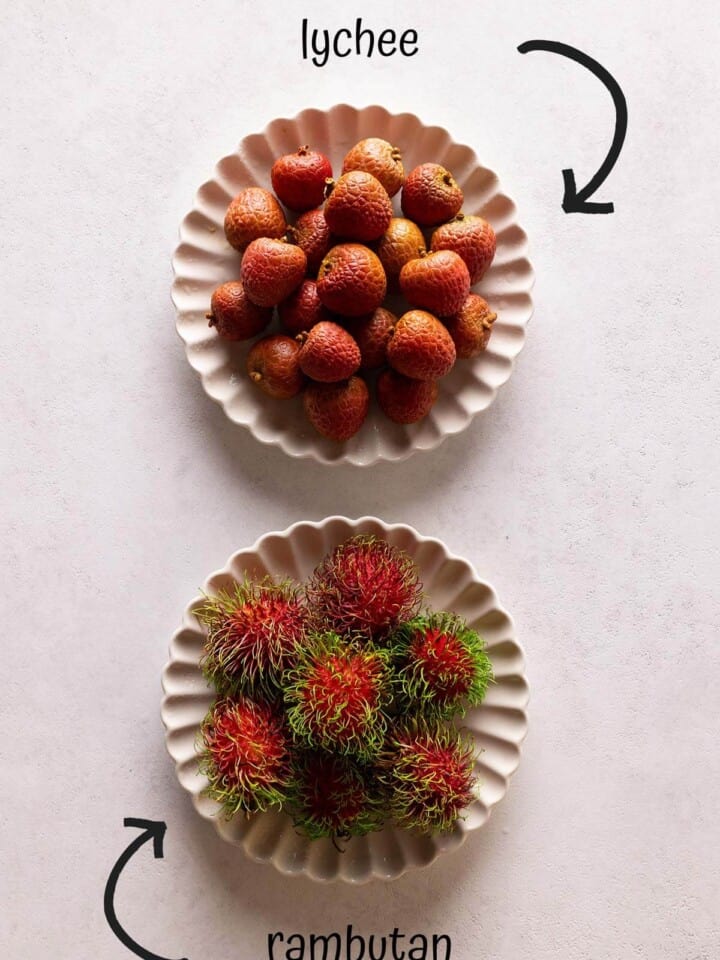

Ben | Havocinthekitchen
I've never seen nor even heard of Buddha’s hand - so it was quite interesting to get a little bit more familiar with it. What a fun (and just a tad creepy lol) fruit!
Kelly
Ben, I was amazed the first time I saw it in the grocery store!
2pots2cook
Now, this is something I would gladly enjoy to experiment with!!!! Never heard or seen anything similar to this exotic beauty!!!!!
Kelly
Thanks Davorka! I love it's fragrance!